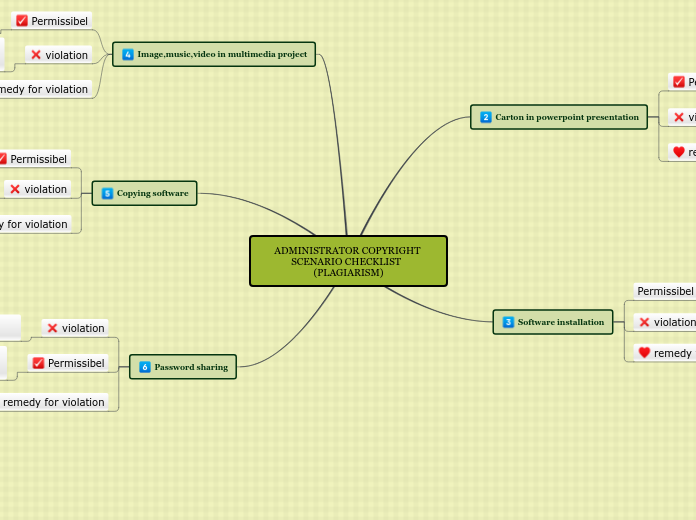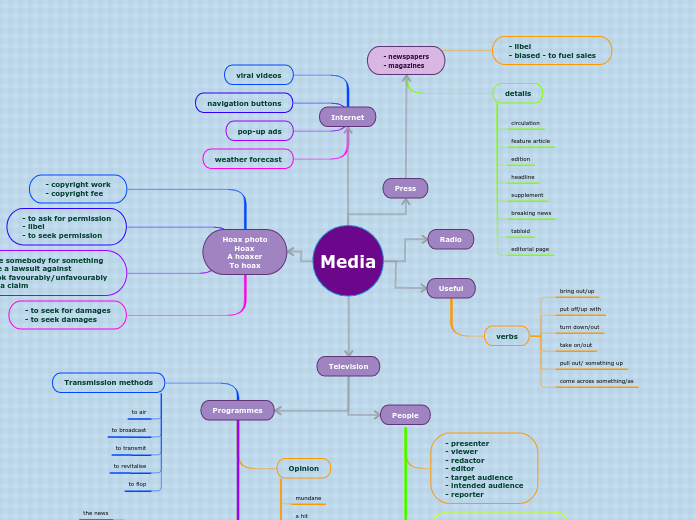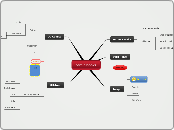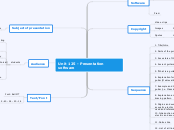Cobb publishing
Changing format e-books
Cloud access
new services
resources
store e-books
Content
Magazines/newspaper
New technology
paper like screens
interactivity
reader and author
blogs
Facebook
internet
Access
CourseSmart [www.coursesmart.com], the publisher conglomerate for etextbooks, has developed a system for educational use, adopted by Western Governors University for etextbook delivery that has the following features:• The ability to “check out” sections for offline reading• The ability to search and navigate through the table of contents• Pagination that matches hard copy textbooks• The abilities to add notes, highlight text, print pages, and send information to classmates• Reading apps for Apple and Android devices and browser-based mobile reading for other devices
update
export
paste
copy
search facility
ease of navigation
interactive multimedia
customized
educational material
ITGS textbook internet support
addtional features
multimedia
chioce of chapters
Synchronizing
transfering data
bookmarks
notes
highlighting
last page read
accessing e-books
platforms
Internet
mobile devices
without dedicated apps/software
with dedicated apps/software
dedicated e-book readers
ebook formats
KF8
PDF
ePub
Topaz
Mobipocket
New System
Publisher Rebecca Smart: I would be looking afresh at Author Solutions [which Pearson-Penguin owns] and thinking about how to use its workflow infrastructure and production network to create a new self-publishing services offering that uses scale to provide low-cost, clear, fair assistance for authors.
Devices
Smart phones
tablet computers
Laptop
e-book readers (kindle)
Devleop
Current System
writers
self publishing
Staff
Publishing software
Store
Develop
Hard Copy Books
Standard production equipmnent
Printers
Print
Physically distribute books
Machines
National
local
Marketing/busness analytics
reading habits and preferences customers
Share data other organisations
issue
tracking invasion of privacy
user acceptance agreement
privacy laws
data from e-book readers
track readers
Focus group meetings
questionnaires
interviews
Distribution and licencing
Payment methods
Need for flexibility
upfront payment
subscriptions
Distribution oulet suport?
Non book businesses
supermarket sales outlets
Develop own system?
Large publishers who have own distribution technologies
potential partners?
Device support?
Academic institutions
Library IssuesWho owns the book? Ebooks are a challenging area for libraries. Licensing is a critical issue because ebooks are being marketed as if they were analogous to print purchases. They most definitely are not. They can be available one day and gone the next.http://www.infotoday.com/searcher/dec11/Hamaker.shtml
e-books for libraries
types of licences available
Amazon’s new announcement concerning public libraries, the Kindle and OverDrive, makes the link of the library reader to the content explicit. If the library user wants to buy the book later, their annotations from the original “read” of the library “copy” are available in their accounts. One of the principles of contemporary librarianship has been the commitment to de-link patron and title information once a borrowing transaction is complete. With OverDrive and Amazon, this principle, designed to protect confidentiality, becomes moot for their ebooks.OverDrive’s instructions are specific:Click the ‘Get for Kindle’ button. This opens the Amazon.com website. You may be required to sign in with your Amazon.com account if you are not already logged in.And the resultant accounts obviously link:Patrons checking out Kindle books will be able to use Amazon’s Whispersync technology so that they can highlight and add margin notes to Kindle books they check out. The notes will not show up when the next patron
Synchronization across various platforms
multiple access
mulitple copies
Use of content
more flexibility for groups
specific topics
access specific chapters
buy
borrow
Legal rights and copyright
third party organisations
Data sharing
terms and conditions
adapatability to new technologies
ownership
use
Obsolescence
formats
standards
levels of protection
undue interfearance
customer flexibility
protect from copying
Different types
Kno App for iOS and Android tablets use The Marlin DRM
The Marlin DRM was developed and is maintained in an open industry group known as the Marlin Developer Community (MDC) and is licensed by MTMO. (Marlin was founded by five companies, Intertrust, Panasonic, Philips, Samsung and Sony.) The Kno online textbook publisher uses Marlin to protect ebooks it sells in the ePub format. These books can be read on the Kno App for iOS and Android tablets.
Apple's Fairplay
Apple's Fairplay DRM is applied to ePubs, and can currently only be read by Apple's iBooks app on iOS devices.
Adobe's Adept DRM
Adobe's Adept DRM is applied to ePubs and PDFs, and can be read by several third-party ebook readers, as well as Adobe Digital Editions software. Barnes & Noble uses a DRM technology provided by Adobe, and is applied to ePubs and the older Palm format ebooks
Amazon's -original Mobipocket encryption
Amazon's DRM is an adaption of the original Mobipocket encryption, and is applied to Amazon's Mobipocket, KF8 and Topaz format ebooks.
http://en.wikipedia.org/wiki/Digital_rights_management
Specific IT terms
DRM
Stands for Digital Rights Management, it is a class of technology that is created by companies with the intent to control the use of the digital content and devices. Some of these techniques include limiting the amount of times it can be downloaded.
Widgets NICK
Tablet
Synchronization Nick
Smartphone
Self-publishing
The process of publishing without having to go through a publisher. The act of producing and publicising the work without going through a specialised publishing company. E.g Printing, Packaging and Copy Editing.
Reflowable file format Nick
Platform
Matthias
Page-orientated file format
Michael
Mobi format
Leonard
Subtopic
Epub format Mohsandasu
Electronic paper (Eugene)
Display technology mimicking ink on paper, it reflects light as opposed to emitting it, making it more comfortable to read. A disadvantage is that eugene has a low refresh rate so cant display fast moving actions like mouse clicks and moving menus, so there would also be a slow and blurry zoom.
E-book readers (Eugene)
Hardware and/or software that allows the user to use the ebook format. Eg ipad or kindle
E-book file formats Mohsan
Apps Mohsansad









